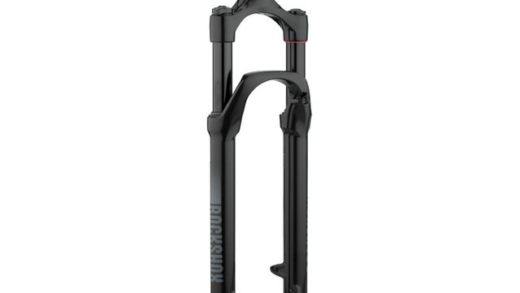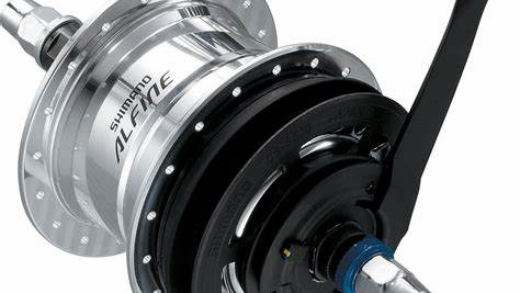Navigating the world of road bike cranksets can be daunting, especially when faced with options like 50 34 and 53 39.
This guide aims to demystify these choices, presenting a comprehensive analysis of their key features and benefits.
50 34 vs 53 39: A Snapshot
Before delving deeper, let’s briefly examine the primary differences between the 50 34 and 53 39 cranksets:
- Aspects | 50 34 | 53 39;
- Weight | More lightweight | Marginally heavier;
- Configuration | Compact design | Conventional approach;
- Tooth Count | 16 Teeth | 14 Teeth;
- Origin | Introduced around a decade ago | More recent introduction;
- Transition | Smoother | Efficient;
- Diameter | 130 mm | 110 mm.
If the above comparison leaves you with more questions, worry not! We’ll dissect each aspect in the sections to follow.
50 34 vs 53 39: Delving Deeper
To understand these cranksets in their entirety, we’ll inspect each characteristic:
1. Weight
Compact cranksets like the 50 34 generally offer fewer gear ratios, thus aiding in steeper climbs. While the 50 34 weighs approximately 807g, its counterpart, the 53 39, weighs around 890g.
Advantage: 50 34
2. Gear Transition
A notable difference lies in the teeth count. Shifting between the 50 and 34 requires a 16-tooth jump, whereas the 53 and 39 necessitate only a 14-tooth jump. Consequently, gear transitioning on the 50 34 can be slightly more tedious.
Recommended 53 39 Cranksets: SHIMANO Ultegra R8000, SRAM Apex, SHIMANO 6800 Ultegra.
Advantage: 53 39
3. Climbing vs Regular Use
The 50 34’s design facilitates hill climbing, while the 53 39 is more apt for regular road cycling due to less frequent shifts.
Top 50 34 Cranksets for Climbing: SHIMANO 105 FC-R7000, Vuelta Corsa Comp.
Advantage: Varied based on usage.
4. Configuration
When comparing the typical configurations, both cranksets offer similar gear ratios. Proper maintenance ensures efficient performance.
Advantage: Draw
5. Tooth Thickness
The 53 39’s thickness is slightly more, given the 14-tooth differential compared to the 16-tooth in the 50 34.
Advantage: Subjective
6. Popularity Over Time
The compact 50/34 rose to fame roughly a decade ago, while the 53/39 has been around for a shorter duration. Both cater to distinct cycling needs.
Advantage: Neutral
Conclusion
The final choice between 50 34 and 53 39 boils down to individual preferences and cycling requirements. Whether you prioritize climbing capabilities or smoother transitions on flat terrains will guide your selection.
Regardless of your choice, ensure your crankset receives regular maintenance for optimal performance.
FAQs
Certainly! The combination works well, but a rider’s weight might influence the overall efficiency.
On flat terrains, professionals often opt for 53/39 chainrings paired with an 11/21 cassette. Mountainous terrains might see a shift to larger cogs.
Ensure at least a 5mm gap between the front chain and the bottom derailleur wheel.






